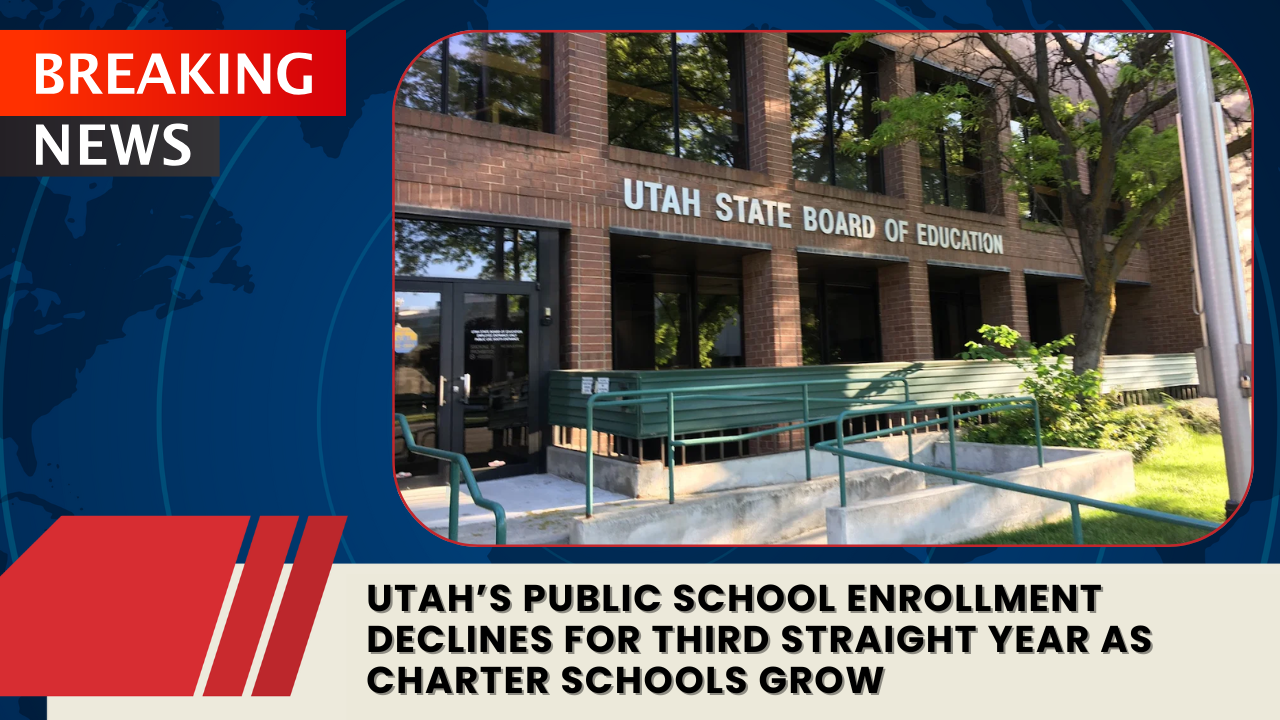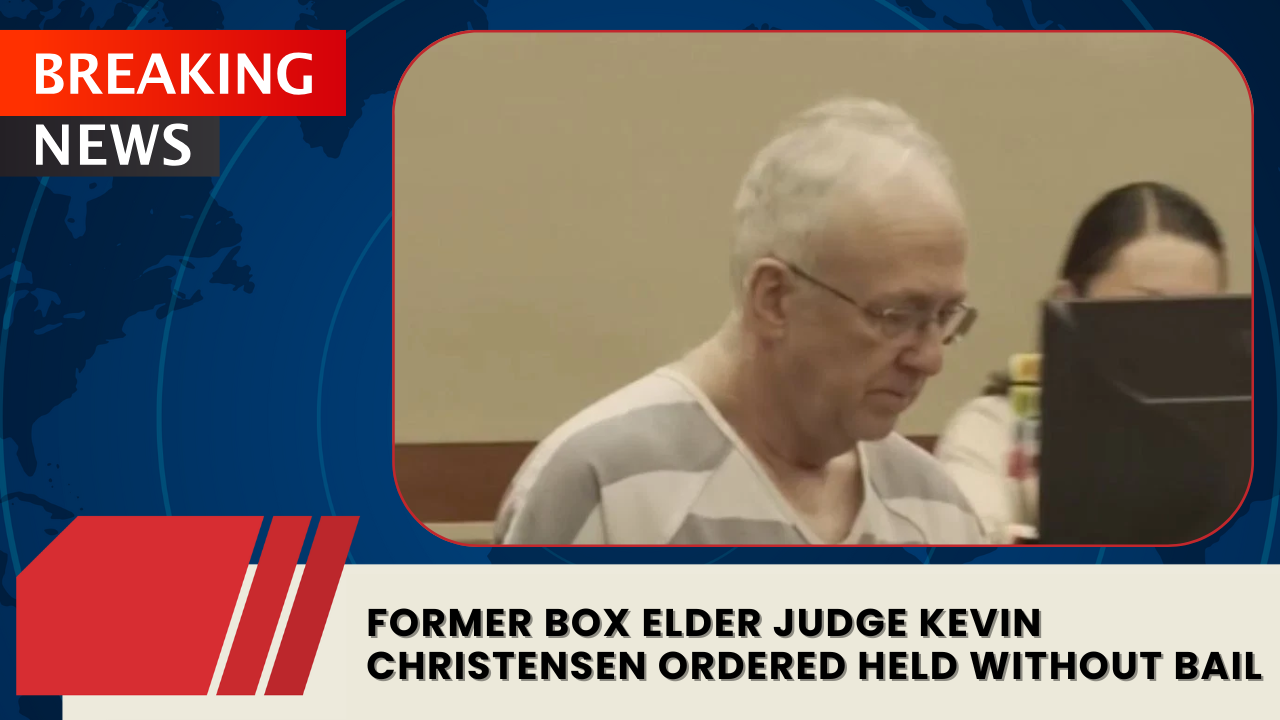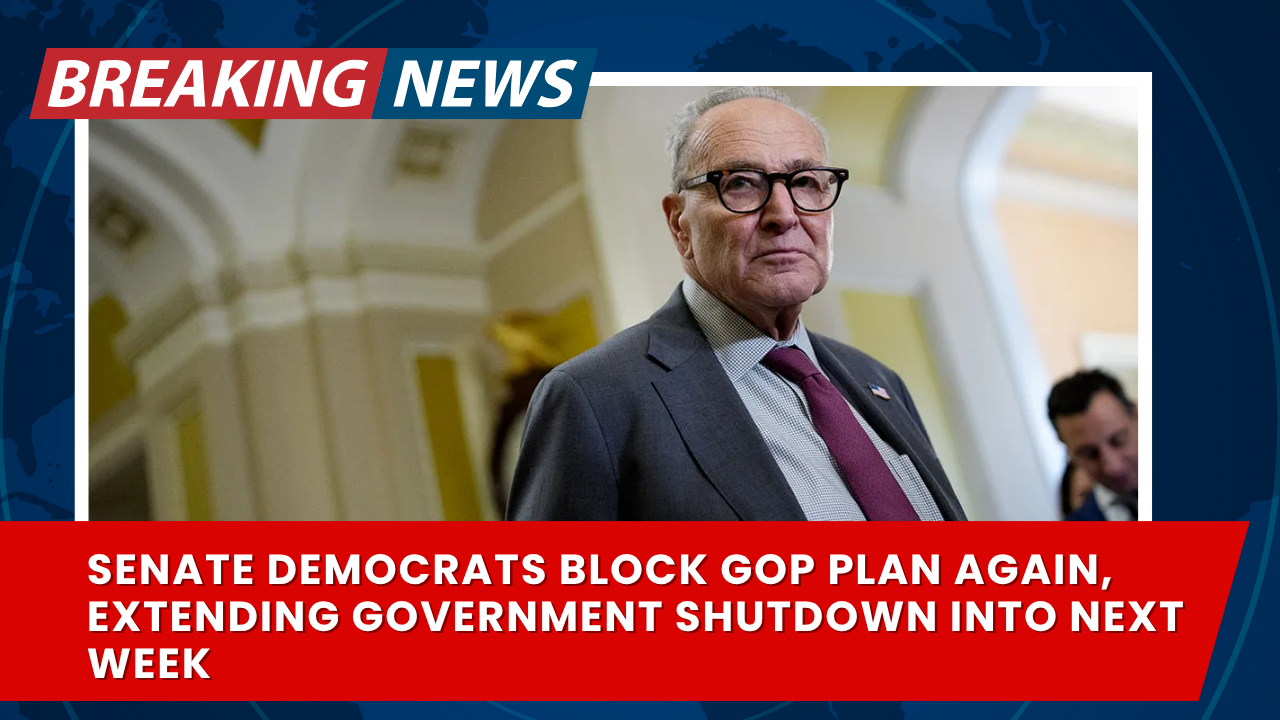After a decade of consistent growth, Utah’s K–12 public school enrollment is on a steady decline — marking its third consecutive year of shrinking student numbers, according to new data released by the Utah State Board of Education.
The 2025–26 academic year recorded 656,311 students statewide, down 11,478 students (1.7%) from last year. It’s the longest sustained drop since 2000, signaling a demographic shift that could reshape Utah’s education landscape for years to come.
A Changing Student Landscape
“Utah’s enrollment trends mirror national patterns — smaller birth cohorts, slower migration growth, and expanding school choice,” said Molly Hart, State Superintendent of Public Instruction. “Our challenge is to ensure quality and equity as our student population becomes more diverse and more complex in its needs.”
The data show that even as total enrollment falls, students requiring specialized support are rising:
- Students with disabilities: 14% of all students (nearly 90,000), up 11% since 2014.
- English language learners: 9% (58,419 students), up from 6% a decade ago.
- Economically disadvantaged students: 28%, down from a 2015 peak of 37%.
Major Districts See Losses — Except a Few
Fourteen of Utah’s fifteen largest school districts lost more than 1% of their students this year.
- Salt Lake City, Granite, and Washington County reported the sharpest declines, each around 4.5%.
- Only Beaver County and Tooele County recorded meaningful growth, exceeding 1%.
Meanwhile, charter schools continue to expand — enrollment grew 3.6%, now accounting for 13% of Utah’s total student population. However, that growth is uneven: nearly half of charter schools gained students while another half saw declines.
Why Enrollment Is Falling
The initial drop began during the COVID-19 pandemic in the 2021–22 school year. But experts now point to deeper demographic trends.
Utah — once the nation’s leader in fertility — has seen its birth rate plummet. According to the Kem C. Gardner Policy Institute, Utah’s fertility rate dropped to 1.853 children per woman, well below the replacement level of 2.1.
Affordability challenges, limited child care, and changing family priorities are major contributors. Younger adults are delaying parenthood, while many of Utah’s new residents are single professionals or young adults, not families with school-aged children.
“Utah’s growth is strong,” the Gardner Institute report noted, “but it’s being driven by in-migration of individuals — not families.”
The Funding Ripple Effect
Because state funding for education is tied to per-pupil enrollment, fewer students mean less money for districts. The Utah State Board of Education warns that this decline could pressure budgets, staffing, and resources in already stretched districts.
Despite the challenges, Superintendent Hart emphasized that the focus remains on ensuring equitable access:
“Our mission doesn’t change — every child, in every community, deserves a high-quality education. But we must adapt to a new era of demographics and choice.”



